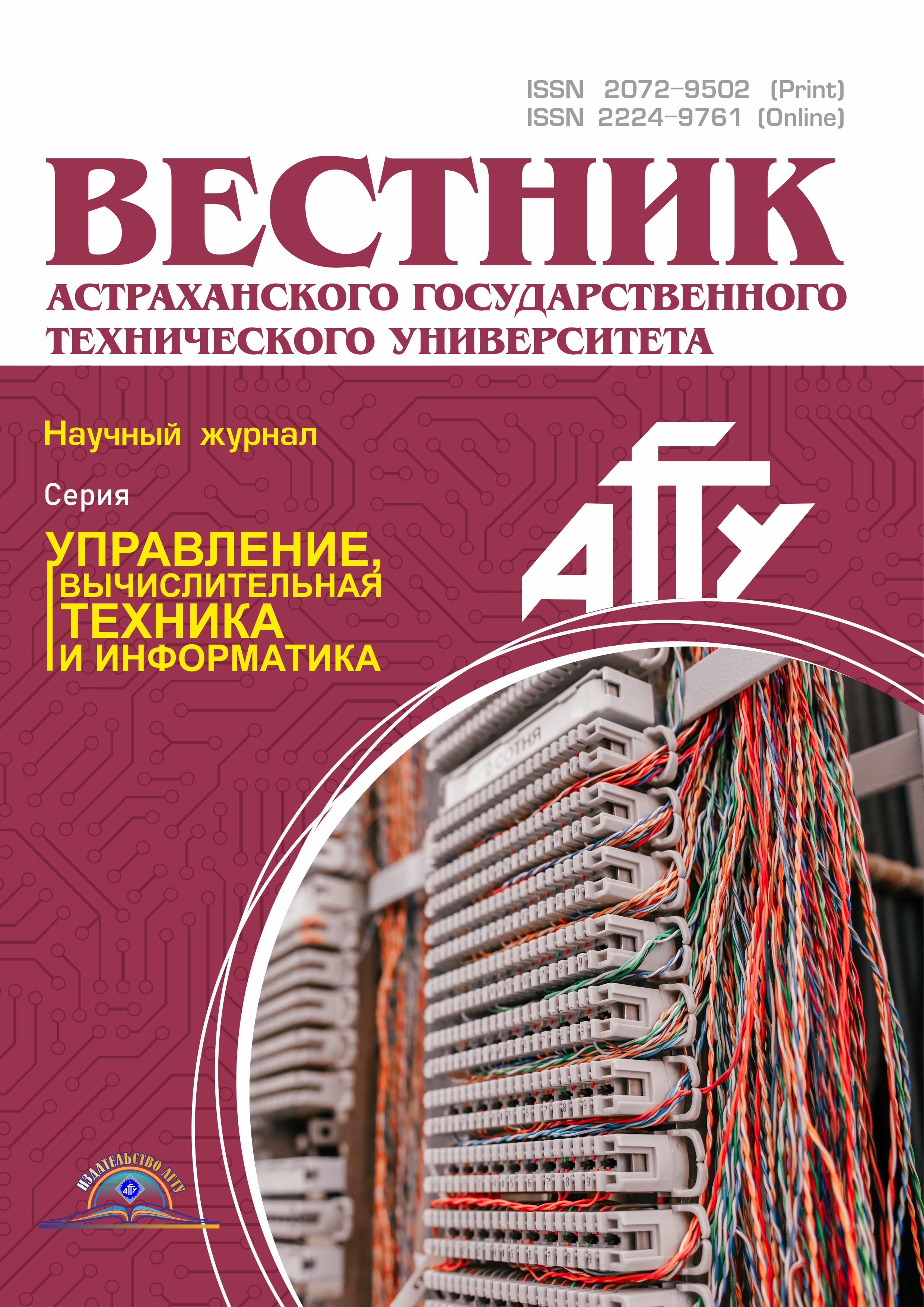Russian Federation
Russian Federation
The article highlights the problem of improving the numerous practical methods of developing the new chemical compounds that can be used in pharmacology. One of the possible ways to introduce innovative methods into conducting preclinical drug tests is the application of ac-tively developing information technologies, such as data mining with methods of deep machine learning. With a huge amount of data accumulated over several years of preclinical research, the practical solutions in this area allow to obtain a neural network data model with greater degree of accuracy, though, there is no universal method that would allow a comprehensive approach to the problem of analyzing the results of preclinical laboratory studies of drugs. Existing solutions have a few disadvantages, which prevents from using them in practice. The two main problems are: the difficulty in verifying the results and the incompleteness of the list of calculated parameters. A system of identifying the pharmacological activity of a new drug is proposed to solve the problem, which was considered on the example of ophthalmic preclinical laboratory studies. As part of the system development, a method for classifying ophthalmic pathology based on a convolutional neural network has been implemented. The architecture of the neural network has been developed, its hyperparameters being matched experimentally. The model accuracy during training made 90%, and the test sample accuracy made 81%.
medication, ophthalmic pathology, convolutional neural networks, pharmacological activity, laboratory research
1. Al-Gunaid M. A., Shcherbakov M. V., Kravets A. G., Loshmanov V. I., Shumkin A. M., Trubitsin V. N., Vakulenko D. V. Analysis of Drug Sales Data based on Machine Learning Methods // 7th International Conference on System Modeling & Advancement in Research Trends (SMART-2018, IEEE Conference ID: 44078) (23rd-24th November, 2018): Proceedings. New Delhi, 2018. P. 32-38.
2. Kravets A. G., Al-Gunaid M. A., Loshmanov V. I., Rasulov S. S., Lempert L. B. Model of medicines sales forecasting taking into account factors of influence // Journal of Physics: Conference Series. 2018. V. 1015. P. 8.
3. Nagasato D., Tabuchi H., Ohsugi H., Masumoto H., Enno H., Ishitobi N., Sonobe T., Kameoka M., Niki M., Hayashi K., Mitamura Y. Deep Neural Network-Based Method for Detecting Central Retinal Vein Occlusion Using Ultrawide-Field Fundus Ophthalmoscopy // Hindawi Journal of Ophthalmology. 2018. V. 1-6. DOI:https://doi.org/10.1155/2018/1875431.
4. Guven A., Kara S. Classification of electro-oculogram signals using artificial neural network // Expert Systems with Applications. 2006. V. 31. P. 199-205.
5. Bagheri A., Adorno D. R., Rizzo P., Barraco R., Bellomonte R. Empirical mode decomposition and neural network for the classification of electroretinographic data // Medical and Biological Engineering. 2014. V. 52. P. 619-628.
6. Ocular Disease Recognition. URL: https://www.kaggle.com/andrewmvd/ocular-disease-recognition-odir5k (data obrascheniya: 21.02.2021).
7. Avinash Sharma V. Understanding Activation Functions in Neural Networks. URL: https://medium.com/the-theory-of-everything/understanding-activation-functions-in-neural-networks-9491262884e0 (data obrascheniya: 21.02.2021).
8. Nguen T. V., Zyong K. H. T., Kravec A. G. Analiz i prognoz tendenciy ispol'zovaniya terminov v komp'yuternyh naukah na osnove neyrosetevyh modeley // Vestn. komp'yuter. i informac. tehnologiy. 2021. T. 18. № 2. S. 24-38.
9. Kravec A. G., Burmistrov A. S., Zadorozhnyy P. A. Eksperimental'noe opredelenie optimal'nyh parametrov rekurrentnoy neyronnoy seti dlya zadach klassifikacii patentov // Modelirovanie, optimizaciya i informacionnye tehnologii (Modeling, Optimization and Information Technology «MOIT»): nauch. zhurn.: setevoe izd. 2019. T. 7. № 2 (25). C. 325-338. URL: https://moit.vivt.ru/wp-content/uploads/2019/05/KravetsSoavtors_2_19_1.pdf (data obrascheniya: 21.02.2021).
10. Azhmuhamedov I. M., Demina R. Yu. Povyshenie kachestva klassifikacii ob'ektov na osnove vvedeniya novoy metriki klasterizacii // Vestn. Astrahan. gos. tehn. un-ta. Ser.: Upravlenie, vychislitel'naya tehnika i informatika. 2019. № 4. S. 106-114.
11. Vedenina N. V., Kravec A. G. Programmnyy kompleks prognozirovaniya opasnosti novyh i maloizuchennyh himicheskih soedineniy i veschestv // Vestn. komp'yuter. i informac. tehnologiy. 2011. № 6. C. 53-56.
12. Boquete L., Miguel-Jiménez J. M., Ortega S., Rodríguez-Ascariz J. M., Pérez-Rico C., Blanco R. Multifocal electroretinogram diagnosis of glaucoma applying neural networks and structural pattern analysis // Expert Systems with Applications. 2012. V. 39. Iss. 1. P. 234-238.
















